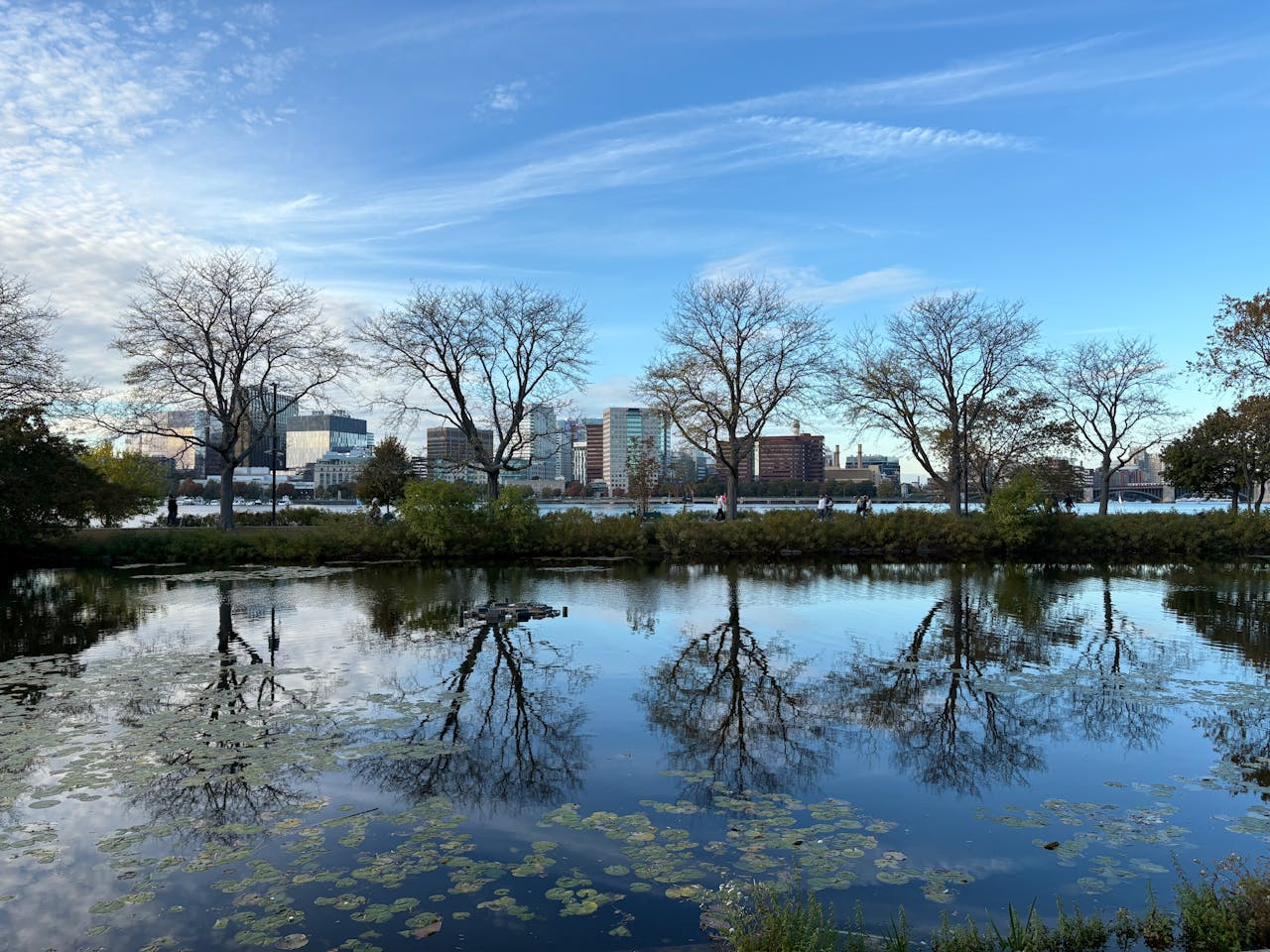Staying Comfortable at Home and Work in Boston's Changing Climate

Boston's climate is evolving, with rising temperatures, heavier rain, and unpredictable weather patterns becoming part of daily life. Adapting homes and workplaces to these changes isn't just about comfort, it's about preparedness. With practical improvements, homeowners and business owners can enhance safety, reduce costs, and maintain comfortable spaces year-round.
Understanding the New Climate Challenges
Boston's older building stock makes it especially vulnerable to the effects of climate change. Warmer winters, humid summers, and heavier rainfall test traditional heating, cooling, and drainage systems. To stay ahead, property owners should evaluate their buildings' performance and identify weak points that affect comfort and efficiency.
Step One: Schedule a Home Energy Assessment
The first and most practical step is to understand how well your building retains and uses energy. Massachusetts residents can access Mass Save, a state-backed program offering free energy assessments for eligible properties. During this evaluation, professionals identify air leaks, poor insulation, outdated systems, and opportunities for savings. Recommendations often include:
- Replacing traditional bulbs with LEDs
- Installing programmable thermostats
- Sealing air gaps and insulating attics
- Upgrading heating and cooling systems
These actions reduce energy costs while keeping indoor spaces consistently comfortable, no matter the weather outside.
Improving Insulation and Air Sealing
Insulation is the backbone of an energy-efficient home. Many Boston homes, built before modern energy codes, lose heat through uninsulated walls and attics. Upgrading insulation and sealing gaps prevents heat loss during winter and retains cool air in summer. Homeowners should also consider triple-pane windows for long-term savings and improved indoor air quality. Investing in durable, energy-efficient materials ensures comfort while protecting property value.
Managing Rainfall and Preventing Flooding
As heavy rain becomes more frequent, flood prevention is critical. Simple, cost-effective steps can help safeguard your property:
- Regrade soil to direct water away from foundations
- Maintain gutters and downspouts, ensuring they channel water at least six feet from the house
- Install sump pumps or French drains in basements prone to moisture
- Use permeable materials for driveways and walkways to improve drainage
If possible, elevate HVAC systems, furnaces, and electrical panels to reduce damage during unexpected flooding events.
Choosing Modern Heating and Cooling Systems
Traditional heating systems can struggle with changing temperature patterns. Air-source heat pumps are a modern solution that provide both heating and cooling efficiently. They use electricity to move heat rather than generate it, making them more sustainable and cost-effective. For added energy independence, consider pairing a heat pump with solar panels or joining a local community solar program. This combination reduces reliance on fossil fuels and stabilizes energy costs throughout the year.
Strengthening Older Homes and Buildings
Boston's architecture is historic, but aging structures often lack resilience to today's storms and high winds. Reinforcing them can significantly increase safety and comfort:
- Add hurricane ties or steel connectors to secure roofs
- Reinforce window and door frames for better storm protection
- Choose impact-resistant roofing materials for long-term durability
These upgrades not only enhance resilience but also align with local building codes designed for modern climate conditions.
Making Workspaces Comfortable and Efficient
Offices and commercial buildings face the same environmental pressures as homes. Incorporating green design principles helps maintain comfort and productivity. Features such as natural ventilation, energy-efficient windows, and smart thermostats regulate temperature while reducing energy use. Green roofs and reflective surfaces also help cool buildings and reduce urban heat. Additionally, biophilic design elements like plants, natural textures, and sunlight can improve indoor air quality and employee well-being.
Managing Indoor Humidity and Excessive Sweating
As Boston experiences more humid summers, maintaining healthy indoor humidity levels is essential. Excess moisture can make occupants feel sticky, fatigued, and uncomfortable, especially during long workdays or warm nights at home. High humidity often leads to excessive sweating, even in air-conditioned spaces, which can affect focus, productivity, and sleep quality.
For those who experience persistent or severe sweating beyond what's typical for the weather, visiting an expert source like the comprehensive medical resource at hyperhidrosis.com can help explain underlying causes and practical management options. Understanding the difference between normal sweating due to humidity and a medical condition such as hyperhidrosis allows individuals to take more informed steps toward comfort and well-being.
To manage this, use dehumidifiers in enclosed areas like basements, bedrooms, or offices without adequate airflow. Ensure HVAC systems are regularly serviced to maintain balanced humidity. Installing ceiling fans or ventilated skylights can also improve air circulation naturally.
For personal comfort, lightweight breathable fabrics and moisture-wicking materials help regulate body temperature. In workplaces, maintaining room temperatures between 68–72°F can prevent overheating while keeping energy use efficient. By controlling humidity, we not only protect our buildings from mold and dampness but also create more comfortable environments for everyday living.
Practical Everyday Tips for Comfort and Efficiency
- Keep blinds closed on hot afternoons to prevent heat gain
- Use ceiling fans to improve air circulation
- Service HVAC units regularly to maintain performance
- Replace filters every three months for better air quality
- Schedule professional maintenance before each season changes
Building Confidence in Climate Adaptation
Every home or office upgrade, no matter how small, contributes to long-term resilience. Energy-efficient improvements reduce costs, while smart designs protect against flooding and temperature extremes. By making these changes, Boston homeowners and professionals not only enhance comfort but also invest in the future stability of their properties and the city itself.
A Reassuring Takeaway
Boston's changing climate presents challenges, but preparation ensures comfort and peace of mind. Through practical upgrades like better insulation, modern heating systems, humidity control, and improved drainage, we can make our living and working spaces more resilient. Adapting today ensures that our homes and offices remain safe, efficient, and comfortable in every season tomorrow.
Published 10/23/25